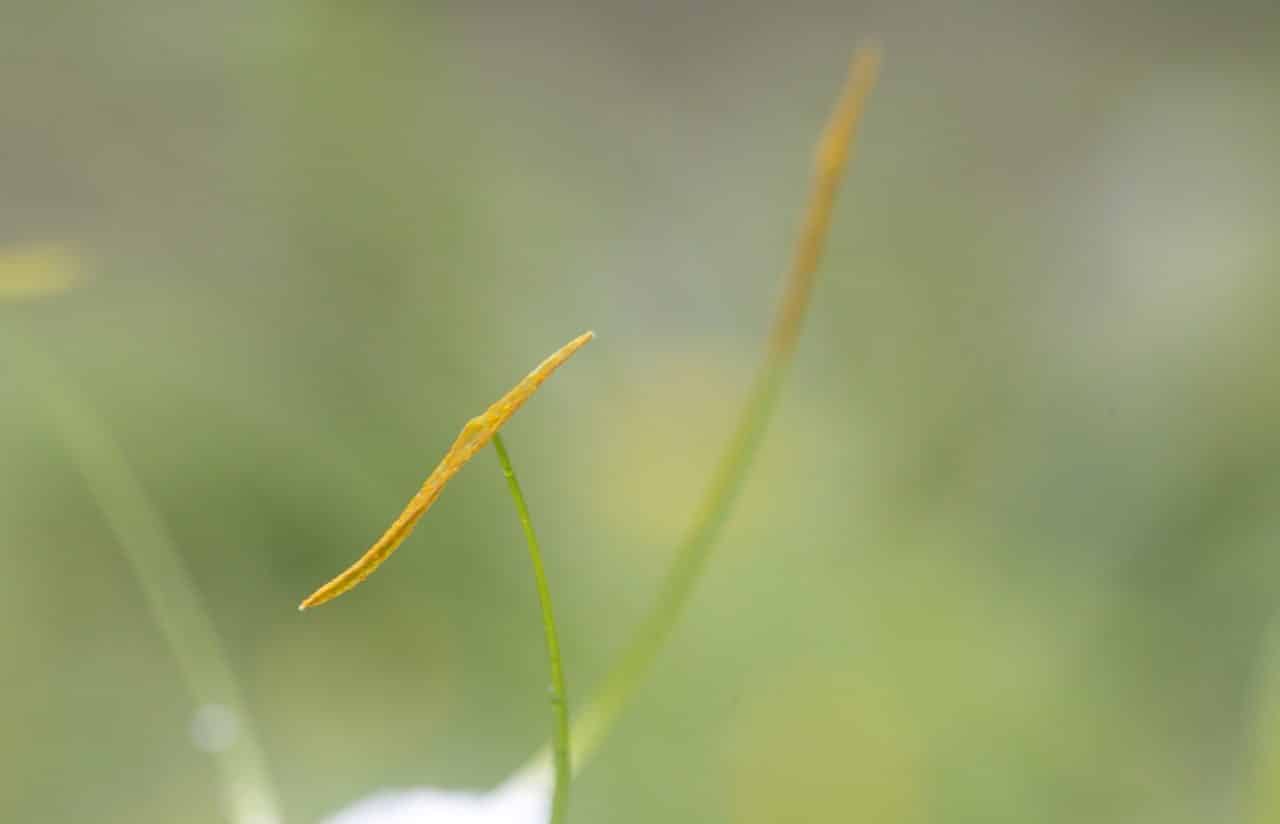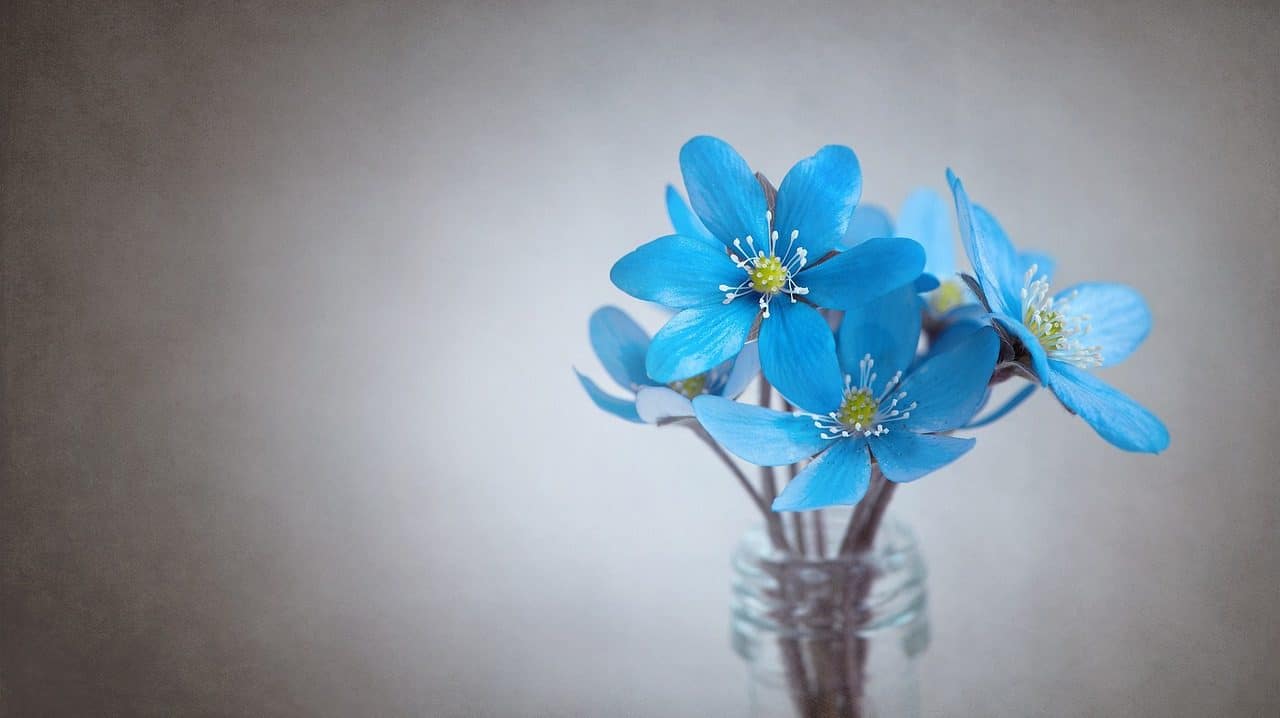
The androecium is the male whorl of the flowers in phanerogamous plants.
Androecium is the male whorl of the flowers in spermatophyte plants (also known as phanerogamous). This concept used in botany comes from the Latin androecium , in turn derived from a Greek word.
Whorls are at least three organs or appendages that are in the same plane around a stem. In the case of the androecium, it is made up of stamens ( male organs of the flower). It can be said, in this way, that the androecium is the sector of the flower where male gametes are produced. These gametes are found in the pollen grains.
Characteristics of androecium
The stamens of the androecium are composed of the filament and the anther . The filament is the sterile part of the androecium; Its length varies in each case: it can be very short or very long, or even absent. When the latter occurs, the anthers are said to be sessile , that is, they are attached to the substrate in the absence of the support that the filament would provide.
Although it is usually thread-shaped, it can also have certain appendages and be considerably thick, so we are not talking about a strict appearance for all individuals.
Unlike the filament , the anther is the fertile part of the androecium. Normally it is composed of two thecas (cells within which the formation of spores occurs; each of them has two microsporangial or pollen sacs), as occurs in the case of the Malvaceae ; The Megatritheca , on the other hand, have three. A sterile portion of tissue known as the connective tissue is responsible for joining the thecae together.

Male gametes are produced in the androecium.
Pollen release
From the anther, the pollen containing the gametes is released. This exit, known as dehiscence , can be carried out in different ways according to how the opening of the anther occurs. It takes place after the maturation of the pollen grains and the tissue in charge of this task is called endothecium .
When the opening of the anther of the androecium occurs throughout the entire length of the septum that divides the pollen sacs , which occurs more frequently, we speak of longitudinal dehiscence . In the Lachemilla and the Hippocratea , on the other hand, the so-called transversal dehiscence takes place.
These are not the only two possibilities of dehiscence in the androecium, but there are others that are characterized by a location in limited regions, which rise like windows or valves; This is the case of poricidal dehiscence , in which the endothecium tissue does not exist and therefore the release of pollen is carried out through the breakdown of the tissue at the upper end of the anther and the formation of specific pores for this task.
Other interesting facts about androecium
The number of stamens in the androecium is very variable: in some cases it can be only one, as occurs in some Euphorbiaceae ; The Oleaceae , for their part, have two; In the Myrtaceae , several can be seen. Taking these examples into account, the names given to the flowers according to their number of stamens are monandras, diandras and polyandras, respectively.
It should be noted that, in the structure of the flower, the androecium surrounds the gynoecium : the female reproductive part that is made up of carpels. Generally, the androecium is found on the perianth, which is formed by the sepals and petals. It is important to mention that the androecium can be shorter or longer than the perianth, sometimes protruding from it. On the other hand, the position of the whorls also varies according to the floral species.
